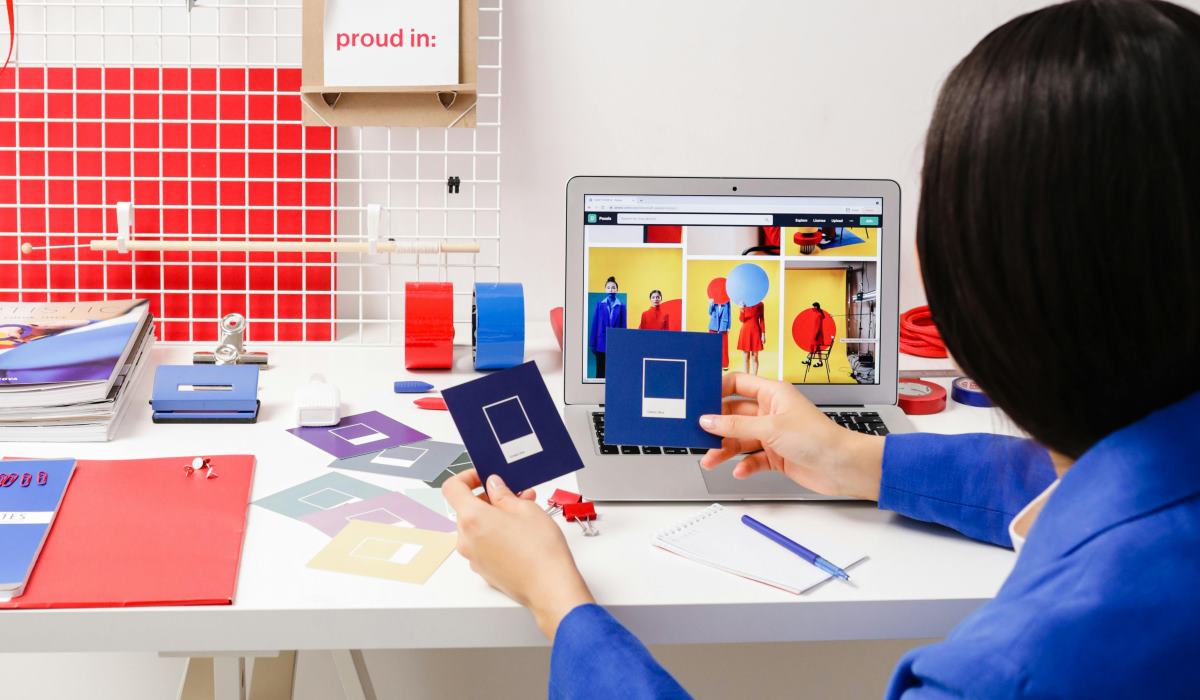Graphic design is a crucial part of managing a business. Entrepreneurs and marketers rely on it for their campaigns, pitch ideas, and widening their brand's reach. However, amid design requests, emails, chats, and spreadsheets, things can get scattered and messy. This results in missed deadlines and endless follow-ups, causing delays.
This is one of the many reasons graphic design subscription platforms like Penji and Delesign are popular. But without a centralized system to manage projects and communication, even the best of these services can feel chaotic. Here is a guide to integrating Slack or Trello into your design subscription service.
What are Design Subscription Services? Let's start by defining what design subscription services are. These are platforms that provide businesses, marketers, and individuals with creative support. These allow them to get visual assets without hiring freelancers or building their own internal design team. So, instead of paying per project, you'll pay a flat monthly rate.
Why Do You Need to Integrate Trello or Slack? Graphic design subscription services offer speed, efficiency, and quality work. However, without the right tools, even the best systems can run into a hitch. This is where Trello and Slack come in. These tools help you organize, communicate, collaborate, and keep your creative flow moving.
For Trello: Trello offers visual boards that help you manage design tasks. It has cards that you can use to represent a design request. This allows for easy tracking, looking at what's next, or checking what's already been completed.
You can prioritize tasks by dragging a card, assigning a due date, adding checklists, or attaching files. This gives your design team structure without them feeling micromanaged.
For Slack: Slack helps you see feedback in real time. In it, you can communicate with your designer, send comments, or share files without leaving the platform. It also lets you share design previews and updates to keep everyone on the same page. It is especially helpful for fast-moving teams.
Combined Benefits of Trello and Slack: When you use both Trello and Slack, you'll get the best of both worlds. These tools help you get faster turnaround times, centralized visibility, and a smoother workflow between team members, designers, and even stakeholders.
How to Integrate Trello and Slack with Your Graphic Design Subscription Service Here's a guide to help you integrate Trello and Slack with your design service subscription:
Check for Integration Support Firstly, go to your design service's platform settings to check if integration is available. This will depend on the service provider, for example:
Penji supports Slack notifications for design updates. Kimp lets its users share Trello boards for request tracking. Design Pickle has its own project boards, with limited external integration options. Set Up Your Trello Integration Trello is ideal for visual task management. Here's what to do:
Create a dedicated board for your design subscription. Add columns like Requests, In Progress, Review, and Completed. Invite your designer or account manager to collaborate. You can use Butler or Zapier to automate card movements, reminders, and status updates. This allows you a quick view of what's happening and what's up next.
Set Up Your Slack Integration Slack allows for quick and easy communication. Here's what you should do:
Create a channel specifically for design work. Connect your design platform or Trello board using an app integration or webhook . Set up automated alerts for new requests, completed tasks, or comments. Use threads to keep your feedback organized and easy to understand. This helps lessen repetitive back-and-forth communication while keeping everyone in the loop.
Using Both Trello and Slack You can sync your Trello activity directly into Slack. For instance, when a new card is added to your Trello board, a post update will appear in your design request channel. To do this, you can use Zapier, Make, or Trello's built-in Slack integration feature.
This combination lets you see what's happening in real time without needing to check multiple platforms.
What are a few Best Practices for a Smooth Workflow? To ensure smooth collaboration for your setup, here are a few best practices you can follow:
Write clear and structured briefs for your requests. Add all necessary details to avoid back-and-forth communication that can slow you down. This can include dimensions, brand guidelines, or file formats.Use templates to standardize submissions. A simple form or checklist can ensure that every request includes the essentials. This helps save you and your designer precious time.Set deadlines. Use color-coded labels such as "High Priority" or "Due Today" to signify urgency. This way, your team will know which comes first and what can wait.Keep your Slack channels focused. Avoid clutter by limiting discussions to a dedicated channel.Hold regular check-ins: Use a short sync to help surface blockers, align on priorities, and keep the momentum going.Following these best practices can lead you to faster turnarounds, fewer revisions, and a smoother collaboration.
What are a Few Common Mistakes I Should Avoid? Snags are bound to happen even in the most efficient of setups. Below are a few common mistakes and how you can avoid them:
Overloading Slack: Choose what to push to Slack, as too many notifications can lead to alert fatigue. Keep focused on status changes or comments that require your immediate attention.Forgetting to update Trello cards: If your cards are not marked done or moved to Completed, your board becomes outdated. Check the boards regularly and close them once they're finished.Not assigning ownership: Make sure to designate someone to give the final approval so your designs don't get stuck in the floating stage.Not using automation features: Built-in Slack tools and other software can save you time on repetitive tasks such as moving cards, sending reminders, or posting updates.Conclusion Your graphic design subscription service offers numerous benefits. But if you use Slack and Trello, you're adding more to the conveniences they provide. Explore your design platform and use these tools for an even smoother workflow.
Photo credit: Ron Lach on Pexels


